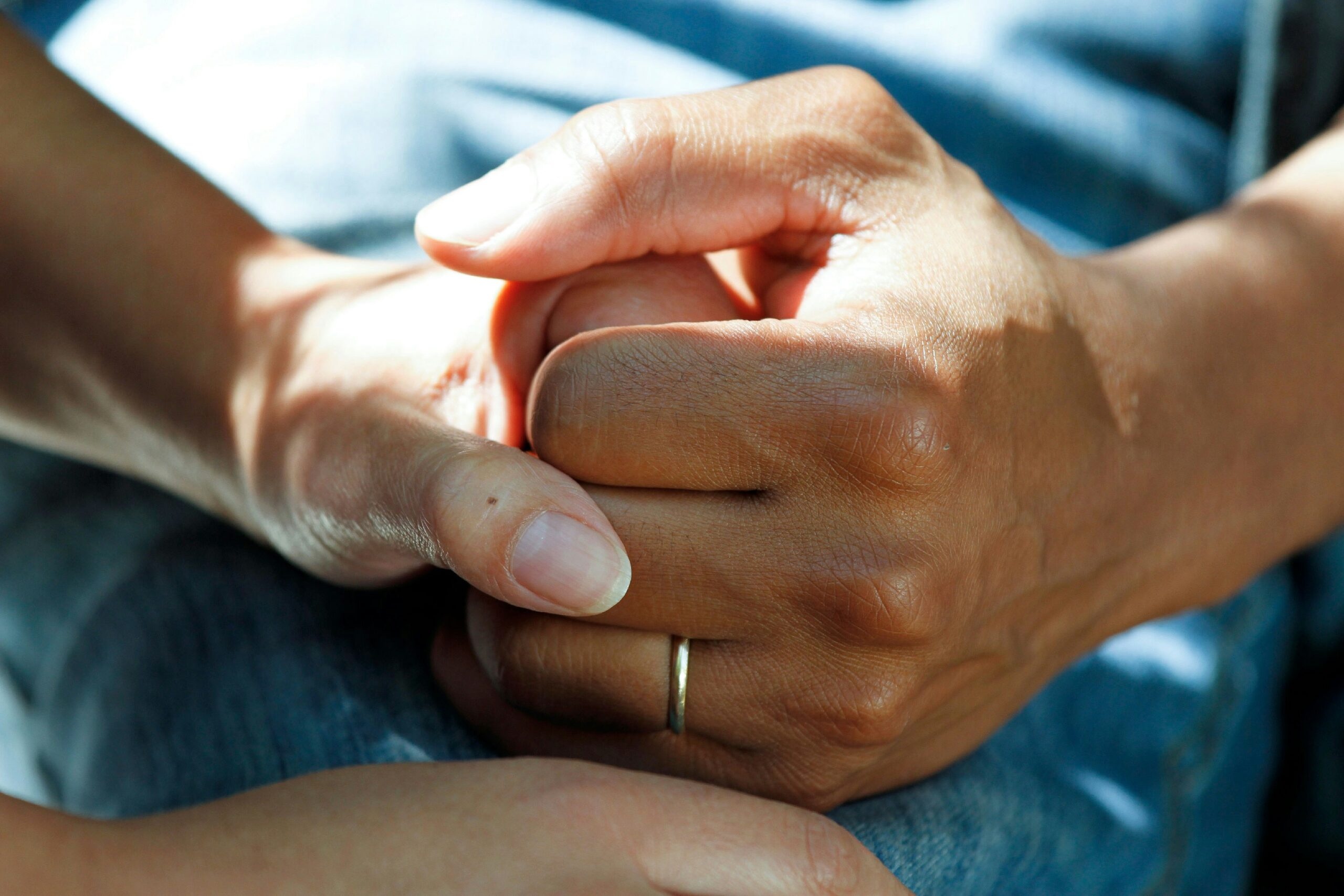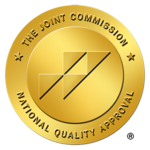Home / What We Treat /
Home / What We Treat / Opioids and Opiate Treatment in St. Louis
Opiates and opioids may be prescribed for relief from moderate to severe pain, but they can have high addiction potential. Opioid and opiate drugs are often misused or abused, leading to significant risks of addiction or overdose.
What Are Opioids and Opiates?
Opioids are a class of drugs that include synthetic drugs like fentanyl and prescription painkillers like oxycodone, hydrocodone, and codeine.[1] Opiates are derived naturally from the opium poppy, while opioids are synthetic or semi-synthetic.[2] All opioids are opiates, but not all opiates are opioids. However, the term “opioids” is often used to refer to the entire family of opiates – including natural, synthetic, and semi-synthetic.
Opioids interact with nerve cells to reduce pain, which is why they’re commonly prescribed to people with moderate to severe pain that hasn’t responded to other treatments, such as cancer-related pain or post-surgical pain. Along with dulling pain, they produce euphoria, which can lead to repeated use. Opioids may be misused or used illicitly as a recreational drug as well.
Some of the common effects of opioid use include feelings of euphoria, pain relief, drowsiness, and sedation.[3] Nausea, paranoia, drowsiness, lethargy, and respiratory depression are common side effects. With long-term, chronic use, opioids can have more serious and uncomfortable effects like nausea and vomiting, constipation, liver damage, and possible brain damage or death from overdose.[4]
Opioid and Opiate Addiction and Abuse
All opiates have a high risk of addiction because they build tolerance and dependence quickly. With regular use, more of the drug is needed to produce the same effect. Eventually, the body becomes accustomed to the drug’s presence and needs it to function. Withdrawal occurs if the dose is reduced or stopped completely.
The progression from opioid use to abuse or addiction happens gradually, sometimes from appropriate use of a legitimately prescribed opioid painkiller. Opioids have a powerful effect on the brain, binding to opioid receptors and causing feelings of euphoria and pain relief. These effects alter the brain’s reward center, reinforcing regular opioid use.[5]
There are several signs of opioid abuse or addiction, including problems with health, safety, financial security, or personal relationships. People who become addicted to opioids (opioid use disorder) are unable to control their use and the behaviors they engage in to continue using opioids, no matter the negative impact.
Other signs of opioid abuse or addiction include:[6]

Common Opioid and Opiate Drugs
There are over 100 different opioids, but the most common are:
Statistics for Opioid Use
Opioid use is a public safety crisis in the U.S. and affects millions of people. The current statistics showcase how widespread opioid use disorder (OUD) and opiate dependency or addiction are, as well as the gap in treatment. Over 16 million people worldwide and more than 2.1 million Americans are affected by opioid use disorder.[7]
In 2022, about 3.7% of U.S. adults aged 18 years or older needed treatment for opioid addiction.[8] There are many possible reasons that opioid addiction is a growing problem and treatment is limited, including the stigma around drug addiction, insufficient treatment options, insurance coverage limitations, and geographic gaps in available treatment services. But without treatment, the opioid crisis will continue to increase overdose deaths and cause harm to the community.

Opioid Addiction Treatment in St. Louis
At Engage Wellness, we approach opiate addiction treatment in St. Louis with a combination of interventions to address your physical and emotional needs. Addiction treatment often begins with detox placement, with referrals and coordination to place you in a medically supervised detox facility to manage your withdrawal symptoms and prevent complications.
Once your condition is stabilized, you can enter a structured, part-time intensive outpatient treatment program (IOP) for opioid addiction, which provides comprehensive therapy and support multiple times a week without an inpatient stay. If you don’t need intensive support, outpatient treatment is a flexible option that offers therapy and recovery support a few times a week to help you balance your day-to-day responsibilities with recovery.
Your treatment program is individualized but may include medication-assisted treatment (MAT). This treatment relies on FDA-approved medications like methadone, buprenorphine, or naltrexone combined with therapies to reduce cravings and help you focus entirely on your treatment.
Therapies that may be incorporated as part of your treatment may include:
01
This therapy brings loved ones together to improve communication, address relationship issues, and foster a supportive home environment for recovery.
02
This therapy uses facilitated sessions with peers in recovery that focus on shared experiences, emotional support, and skill-building exercises.
03
These peer-led support groups follow the structure of Alcoholics Anonymous (AA) or Narcotics Anonymous (NA) to enhance recovery through self-reflection, accountability, and community.
04
CBT is an evidence-based therapy that helps you identify and change harmful thought patterns and behaviors associated with opioid use.
05
DBT is a skills-focused therapy that blends behavioral therapy principles with mindfulness and emotional regulation strategies.
06
MI is a counseling technique that enhances motivation to change by exploring and resolving ambivalent feelings about treatment and recovery.
07
EMDR is a therapeutic approach primarily used to treat trauma that may have contributed to substance use.
08
These programs and strategies focus on recognizing triggers, managing stress, and maintaining sobriety through coping skills and long-term planning.
09
This whole-person approach may include meditation, yoga, nutrition, acupuncture, or art therapy to support physical, mental, and emotional healing.
10
Our veterans program is designed for military veterans and addresses trauma, post-traumatic stress disorder, and other reintegration challenges that may contribute to addiction or mental health conditions.



